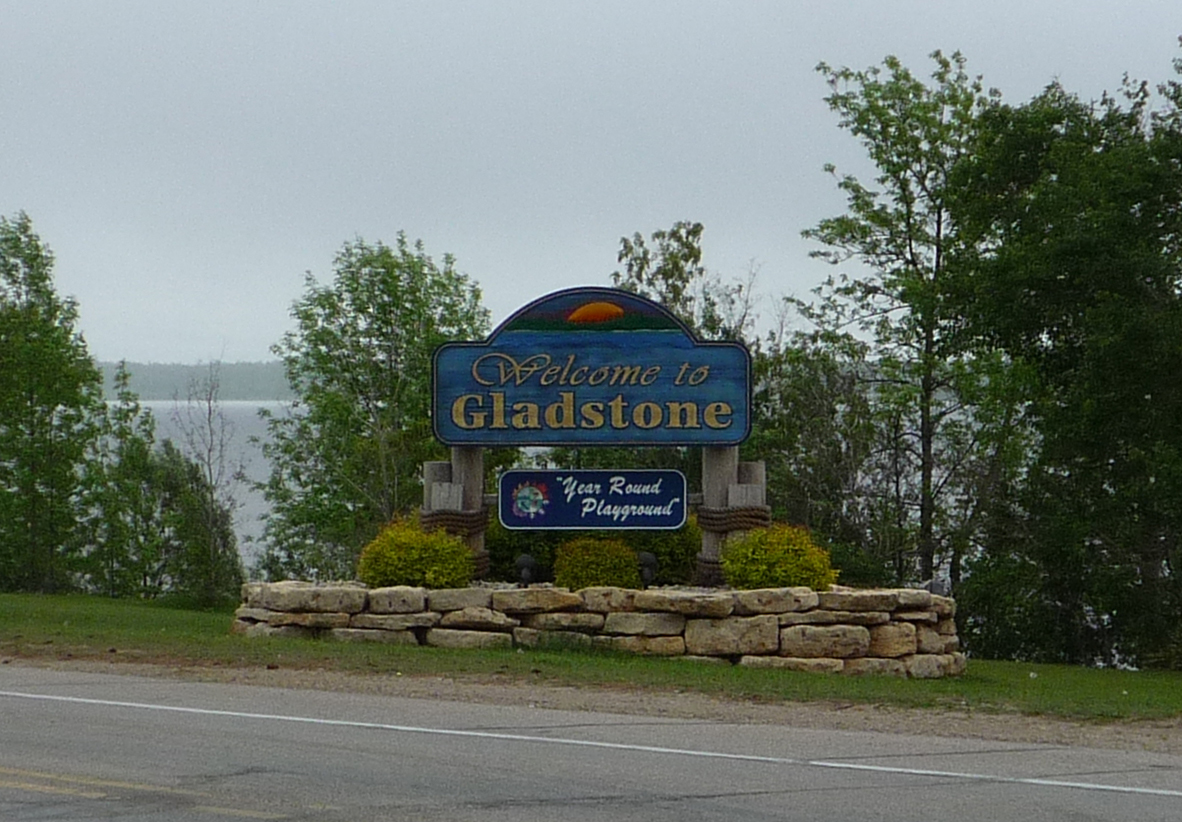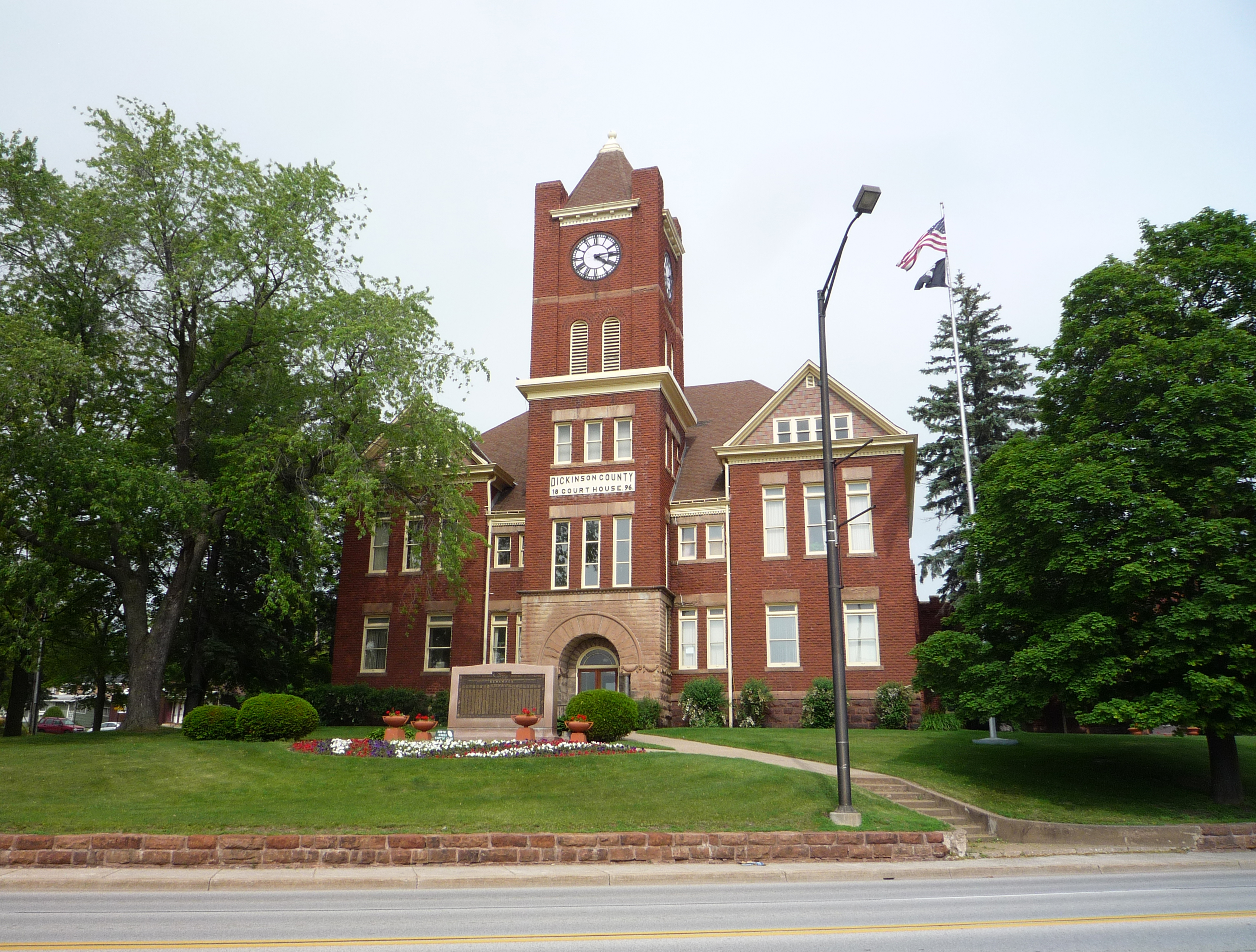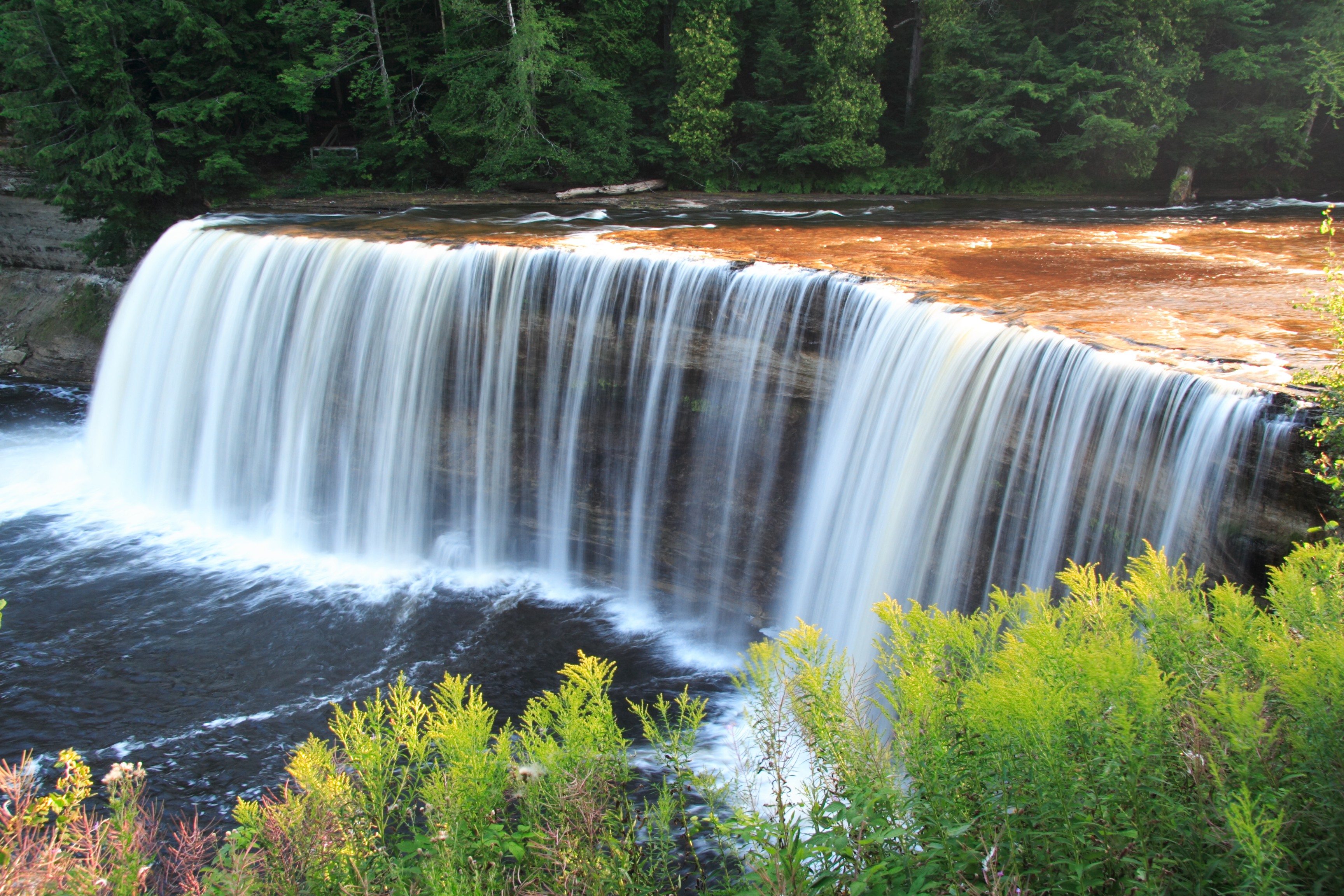|
Mia Tavonatti
Mia Tavonatti is an American artist and writer known for her large installation mosaics inspired by Renaissance imagery and contemporary sculptural abstracts. Tavonatti received first place at Art Prize in 2011 for her 9'w x 13'h stained glass mosaic ''Crucifixion'' and runner up in 2010 for her 7'h x 13'w mosaic ''Svelata.'' Tavonatti's work is personal and reflective of her own experiences, which she uses to serve as an inspiration for aspiring artists. Tavonatti attended California State University where she earned her Master of Fine Arts in illustration. Tavonatti started off her career illustrating children's books, many of which she authored herself, though her work extends over several mediums. On top of her work with glass mosaics and illustrations, Tavonatti has worked extensively with large installation murals and sculptures. Major works and projects Tavonatti began her mosaic work in 1999 with her first commission of a series of nine mosaics for Newport Elementary Sch ... [...More Info...] [...Related Items...] OR: [Wikipedia] [Google] [Baidu] |
Mosaics
A mosaic is a pattern or image made of small regular or irregular pieces of colored stone, glass or ceramic, held in place by plaster/mortar, and covering a surface. Mosaics are often used as floor and wall decoration, and were particularly popular in the Ancient Roman world. Mosaic today includes not just murals and pavements, but also artwork, hobby crafts, and industrial and construction forms. Mosaics have a long history, starting in Mesopotamia in the 3rd millennium BC. Pebble mosaics were made in Tiryns in Mycenean Greece; mosaics with patterns and pictures became widespread in classical times, both in Ancient Greece and Ancient Rome. Early Christian basilicas from the 4th century onwards were decorated with wall and ceiling mosaics. Mosaic art flourished in the Byzantine Empire from the 6th to the 15th centuries; that tradition was adopted by the Norman Kingdom of Sicily in the 12th century, by the eastern-influenced Republic of Venice, and among the Rus. Mosaic fell ou ... [...More Info...] [...Related Items...] OR: [Wikipedia] [Google] [Baidu] |
Altarpiece
An altarpiece is an artwork such as a painting, sculpture or relief representing a religious subject made for placing at the back of or behind the altar of a Christian church. Though most commonly used for a single work of art such as a painting or sculpture, or a set of them, the word can also be used of the whole ensemble behind an altar, otherwise known as a reredos, including what is often an elaborate frame for the central image or images. Altarpieces were one of the most important products of Christian art especially from the late Middle Ages to the era of the Counter-Reformation. Many altarpieces have been removed from their church settings, and often from their elaborate sculpted frameworks, and are displayed as more simply framed paintings in museums and elsewhere. History Origins and early development Altarpieces seem to have begun to be used during the 11th century, with the possible exception of a few earlier examples. The reasons and forces that led to the developme ... [...More Info...] [...Related Items...] OR: [Wikipedia] [Google] [Baidu] |
21st-century American Women Writers
The 1st century was the century spanning AD 1 ( I) through AD 100 ( C) according to the Julian calendar. It is often written as the or to distinguish it from the 1st century BC (or BCE) which preceded it. The 1st century is considered part of the Classical era, epoch, or historical period. The 1st century also saw the appearance of Christianity. During this period, Europe, North Africa and the Near East fell under increasing domination by the Roman Empire, which continued expanding, most notably conquering Britain under the emperor Claudius ( AD 43). The reforms introduced by Augustus during his long reign stabilized the empire after the turmoil of the previous century's civil wars. Later in the century the Julio-Claudian dynasty, which had been founded by Augustus, came to an end with the suicide of Nero in AD 68. There followed the famous Year of Four Emperors, a brief period of civil war and instability, which was finally brought to an end by Vespasian, ninth Roman em ... [...More Info...] [...Related Items...] OR: [Wikipedia] [Google] [Baidu] |
21st-century American Women Artists
The 1st century was the century spanning AD 1 ( I) through AD 100 ( C) according to the Julian calendar. It is often written as the or to distinguish it from the 1st century BC (or BCE) which preceded it. The 1st century is considered part of the Classical era, epoch, or historical period. The 1st century also saw the appearance of Christianity. During this period, Europe, North Africa and the Near East fell under increasing domination by the Roman Empire, which continued expanding, most notably conquering Britain under the emperor Claudius ( AD 43). The reforms introduced by Augustus during his long reign stabilized the empire after the turmoil of the previous century's civil wars. Later in the century the Julio-Claudian dynasty, which had been founded by Augustus, came to an end with the suicide of Nero in AD 68. There followed the famous Year of Four Emperors, a brief period of civil war and instability, which was finally brought to an end by Vespasian, ninth Roman empero ... [...More Info...] [...Related Items...] OR: [Wikipedia] [Google] [Baidu] |
Gladstone, Michigan
Gladstone is a city in Delta County in the Upper Peninsula of the U.S. state of Michigan. First settled in 1877, Gladstone's original name was Minnewasca. The population was 4,973 at the 2010 census. U.S. Highways 2 and 41 run concurrently through the city, connecting with Escanaba, nine miles (14 km) to the south. US 41 runs north to Marquette and US 2 runs east to Manistique and St. Ignace. M-35 runs northwest to Gwinn and merges with US 2/US 41 south to Escanaba. History First Inhabitants The first people to occupy the Upper Peninsula of Michigan were Algonquin speaking peoples. Gladstone was first settled by European descendants in 1859 when the Hamilton Corporation of Fayette began using it as a shipping point for selling and transporting of their iron ore. The town was originally named Minnewasca by the Soo Line Railroad, the Ojibwa name meaning "white water." When the name was filed with the county and Secretary of State in Lansing, Senator W. D. Washbu ... [...More Info...] [...Related Items...] OR: [Wikipedia] [Google] [Baidu] |
Marquette County, Michigan
Marquette County ( ) is a county located in the Upper Peninsula of the U.S. state of Michigan. As of the 2020 Census, the population was 66,017. The county seat is Marquette. The county is named for Father Marquette, a Jesuit missionary. It was set off in 1843 and organized in 1851. Marquette County is the largest county in land area in Michigan, and the most populous county in the Upper Peninsula of Michigan. Marquette County comprises the Marquette, MI Micropolitan Statistical Area. Geography According to the United States Census Bureau, the county has a total area of , of which is land and (47%) is water. It is the largest county in Michigan by land area and fourth-largest by total area. The Huron Mountains are located in the county. To the north of the county is Lake Superior. Adjacent counties *Alger County, east * Delta County, southeast * Menominee County, south/CT Border *Dickinson County, south/CT Border * Iron County, southwest/CT Border *Baraga County, west * ... [...More Info...] [...Related Items...] OR: [Wikipedia] [Google] [Baidu] |
Manistique
Manistique, formerly Monistique, is the only city and county seat of Schoolcraft County in the U.S. state of Michigan. As of the 2020 census, the city population was 2,828. The city borders the adjacent Manistique Township, but the two are administered independently. The city lies on the north shore of Lake Michigan at the mouth of the Manistique River, which forms a natural harbor that has been improved with breakwaters, dredging, and the Manistique East Breakwater Light. The city is named after the river. The economy depends heavily on tourism from Lake Michigan, as well as nearby Indian Lake State Park and Palms Book State Park. History Originally named Eastport, Manistique replaced Onota as the county seat. Eastport was the name of the post office, but was not used for the community. Manistique was incorporated as a village in 1883 and as a city in 1901 by the state legislature. With the river originally spelled Monistique, a spelling error in the city charter led ... [...More Info...] [...Related Items...] OR: [Wikipedia] [Google] [Baidu] |
Iron Mountain, Michigan
Iron Mountain is a city in the U.S. state of Michigan. The population was 7,518 at the 2020 census, down from 7,624 at the 2010 census. It is the county seat of Dickinson County, in the state's Upper Peninsula. Iron Mountain was named for the valuable iron ore found in the vicinity. Iron Mountain is the principal city of the Iron Mountain, MI-WI Micropolitan Statistical Area, which includes all of Dickinson County, Michigan and Florence County in Wisconsin. Iron Mountain hosts a few points of interest such as the Millie Hill bat cave, The Cornish Pump, and is located adjacent to Pine Mountain ski jump/ski resort, one of the largest artificial ski jumps in the world. It shares Woodward Avenue with the neighboring town, Kingsford. In addition, Iron Mountain is known for its pasties, Bocce Ball Tournaments, World Cup Ski Jumps, and Italian cuisine. Iron Mountain was also named a "Michigan Main Street" community by Michigan Governor Jennifer Granholm in 2006. It is one of only ... [...More Info...] [...Related Items...] OR: [Wikipedia] [Google] [Baidu] |
Upper Peninsula Of Michigan
The Upper Peninsula of Michigan – also known as Upper Michigan or colloquially the U.P. – is the northern and more elevated of the two major landmasses that make up the U.S. state of Michigan; it is separated from the Lower Peninsula by the Straits of Mackinac. It is bounded primarily by Lake Superior to the north, separated from the Canadian province of Ontario at the east end by the St. Marys River, and flanked by Lake Huron and Lake Michigan along much of its south. Although the peninsula extends as a geographic feature into the state of Wisconsin, the state boundary follows the Montreal and Menominee rivers and a line connecting them. First inhabited by Algonquian-speaking native American tribes, the area was explored by French colonists, then occupied by British forces, before being ceded to the newly established United States in the late 18th century. After being assigned to various territorial jurisdictions, it was granted to the newly formed state of Michigan as ... [...More Info...] [...Related Items...] OR: [Wikipedia] [Google] [Baidu] |
Creative Process
Creativity is a phenomenon whereby something new and valuable is formed. The created item may be intangible (such as an idea, a scientific theory, a musical composition, or a joke) or a physical object (such as an invention, a printed literary work, or a painting). Scholarly interest in creativity is found in a number of disciplines, primarily psychology, business studies, and cognitive science. However, it can also be found in education, the humanities (philosophy, the arts) and theology, social sciences (sociology, linguistics, economics), engineering, technology and mathematics. These disciplines cover the relations between creativity and general intelligence, personality type, mental and neural processes, mental health, artificial intelligence; the potential for fostering creativity through education, training, leadership and organizational practices; the factors that determine how creativity is evaluated and perceived; the fostering of creativity for national economic benef ... [...More Info...] [...Related Items...] OR: [Wikipedia] [Google] [Baidu] |
Community
A community is a social unit (a group of living things) with commonality such as place, norms, religion, values, customs, or identity. Communities may share a sense of place situated in a given geographical area (e.g. a country, village, town, or neighbourhood) or in virtual space through communication platforms. Durable good relations that extend beyond immediate genealogical ties also define a sense of community, important to their identity, practice, and roles in social institutions such as family, home, work, government, society, or humanity at large. Although communities are usually small relative to personal social ties, "community" may also refer to large group affiliations such as national communities, international communities, and virtual communities. The English-language word "community" derives from the Old French ''comuneté'' (Modern French: ''communauté''), which comes from the Latin ''communitas'' "community", "public spirit" (from Latin '' communis'', "co ... [...More Info...] [...Related Items...] OR: [Wikipedia] [Google] [Baidu] |
Exhibition
An exhibition, in the most general sense, is an organized presentation and display of a selection of items. In practice, exhibitions usually occur within a cultural or educational setting such as a museum, art gallery, park, library, exhibition hall, or World's fairs. Exhibitions can include many things such as art in both major museums and smaller galleries, interpretive exhibitions, natural history museums and history museums, and also varieties such as more commercially focused exhibitions and trade fairs. In British English the word "exhibition" is used for a collection of items placed on display and the event as a whole, which in American English is usually an "exhibit". In both varieties of English each object being shown within an exhibition is an "exhibit". In common usage, "exhibitions" are considered temporary and usually scheduled to open and close on specific dates. While many exhibitions are shown in just one venue, some exhibitions are shown in multiple locations ... [...More Info...] [...Related Items...] OR: [Wikipedia] [Google] [Baidu] |




.jpg)



